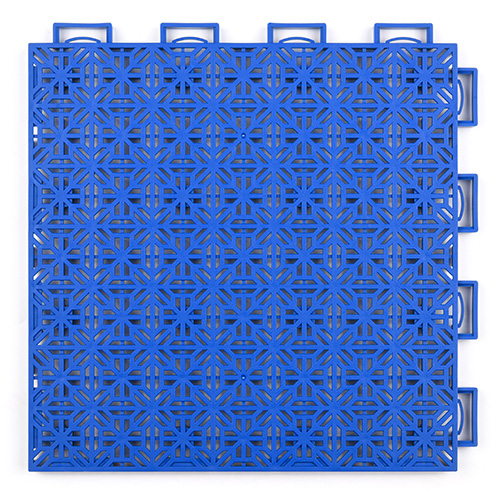Nov . 10, 2024 10:46 Back to list
Innovative Solutions for High-Quality Sports Surface Installation and Maintenance
The Importance of Sports Surfacing in Athletic Performance and Safety
In the realm of sports, the surface on which an athlete competes can significantly influence their performance, safety, and overall experience. Sports surfacing encompasses a wide array of materials and technologies, each designed to cater to specific sports while maximizing player performance and minimizing injury risks. As sports facilities strive to enhance their offerings, understanding the importance of proper surfacing becomes paramount.
Types of Sports Surfaces
Sports surfaces can be classified into several categories based on their materials and intended use. These include natural grass, synthetic turf, hardwood, rubber, and specialized composite materials. Each type offers unique benefits and drawbacks, making the choice of surface crucial for any sporting venue.
1. Natural Grass Traditional pitches and fields made from natural grass are favored for sports like soccer, football, and golf. They provide a softness that is gentle on athletes’ joints and a cooling effect in hot weather. However, natural grass requires significant maintenance, including regular mowing, watering, and pest control, to remain playable.
2. Synthetic Turf Increasingly popular, synthetic turf mimics the appearance and feel of natural grass without the extensive upkeep. It is especially beneficial in regions with limited water resources or extreme weather conditions. Synthetic surfaces also offer excellent drainage, reducing the chance of waterlogged fields. However, these surfaces can heat up under the sun and may require infill materials which can present concerns regarding player safety.
3. Hardwood Floors Common in indoor sports such as basketball and volleyball, hardwood floors provide a smooth, durable surface that allows for quick movement. The shock absorption capabilities of hardwood help in reducing the risk of injuries. However, proper maintenance—such as refinishing—is essential to preserve the integrity of the surface over time.
4. Rubber Surfacing Used predominantly in running tracks, playgrounds, and indoor gyms, rubberized surfaces offer outstanding shock absorption, making them ideal for activities that involve jumping or high-impact movement. These surfaces are also resistant to weather conditions and are often made from recycled materials, promoting environmental sustainability.
sports surfacing

5. Composite Materials New technologies have led to the development of advanced composite surfaces that combine different materials to enhance performance characteristics. These surfaces are often tailored to specific sports, offering unique responses to various types of movement and impact.
Performance and Safety Considerations
The choice of sports surfacing directly impacts athletes' performance. For instance, surfaces that provide optimal traction can enhance speed and agility, while others may hinder performance. Moreover, the right surfacing can significantly reduce the risk of injuries. Proper cushioning and shock-absorbing features are vital in minimizing the impact on joints during athletic activities, thereby lowering the incidence of common injuries such as sprains and strains.
In addition to safety and performance, the quality of the sports surface can affect the overall enjoyment of the game. Players tend to perform better on surfaces that are well-maintained and designed for their specific sport. This can lead to increased participation rates and a more positive experience for both athletes and spectators.
The Future of Sports Surfacing
As sports science continues to evolve, the future of sports surfacing looks promising. Innovations in material technology, such as the integration of smart technology that monitors surface conditions and player performance, are on the horizon. Additionally, there is a growing trend toward sustainable materials that minimize environmental impact while still providing excellent performance.
Investing in high-quality sports surfacing should be a priority for sports facilities, schools, and community organizations. Not only does it enhance athletic performance, but it also plays a critical role in ensuring the safety and well-being of athletes. By prioritizing proper surfacing, we can create environments that foster excellence in sports and promote health and fitness for players of all ages.
In conclusion, sports surfacing is a fundamental aspect of athletic competition that demands careful consideration. Whether opting for natural grass, synthetic turf, or advanced composite materials, the choice of surface can make a significant difference in both performance outcome and injury prevention. Sports organizations should remain vigilant about advancements in surfacing technology to ensure they provide the safest and most effective playing environments for athletes.
-
Vinyl Carpet Flooring | Durable & Waterproof Design
NewsJul.31,2025
-
Premium Basketball Board Stand with GPT-4-Turbo AI
NewsJul.31,2025
-
Premium Maple Flooring for Gyms & Homes | PVC & Vinyl Options
NewsJul.30,2025
-
Premium Outdoor Basketball Court Tiles for All Weather Use
NewsJul.30,2025
-
Durable Basketball Board Stand for Indoor & Outdoor Use
NewsJul.29,2025
-
Durable Pickleball Court Tiles for Outdoor Sport Courts
NewsJul.29,2025

